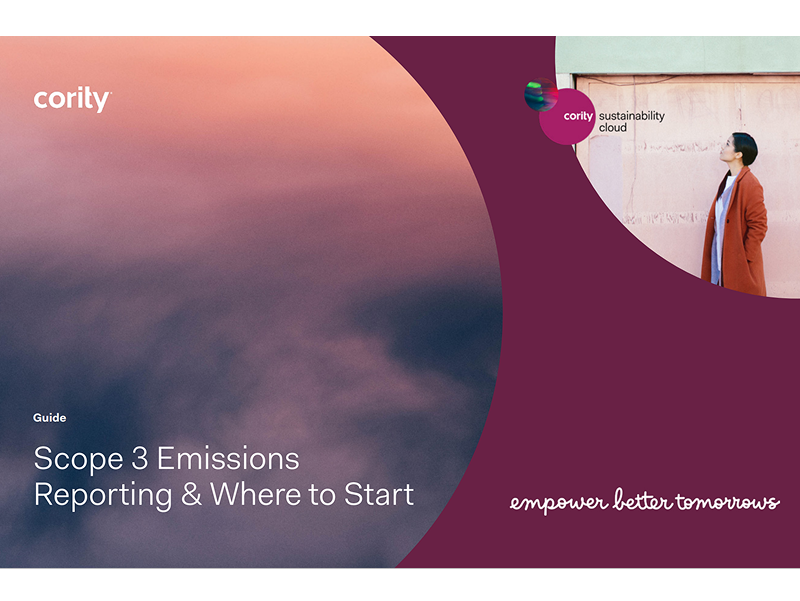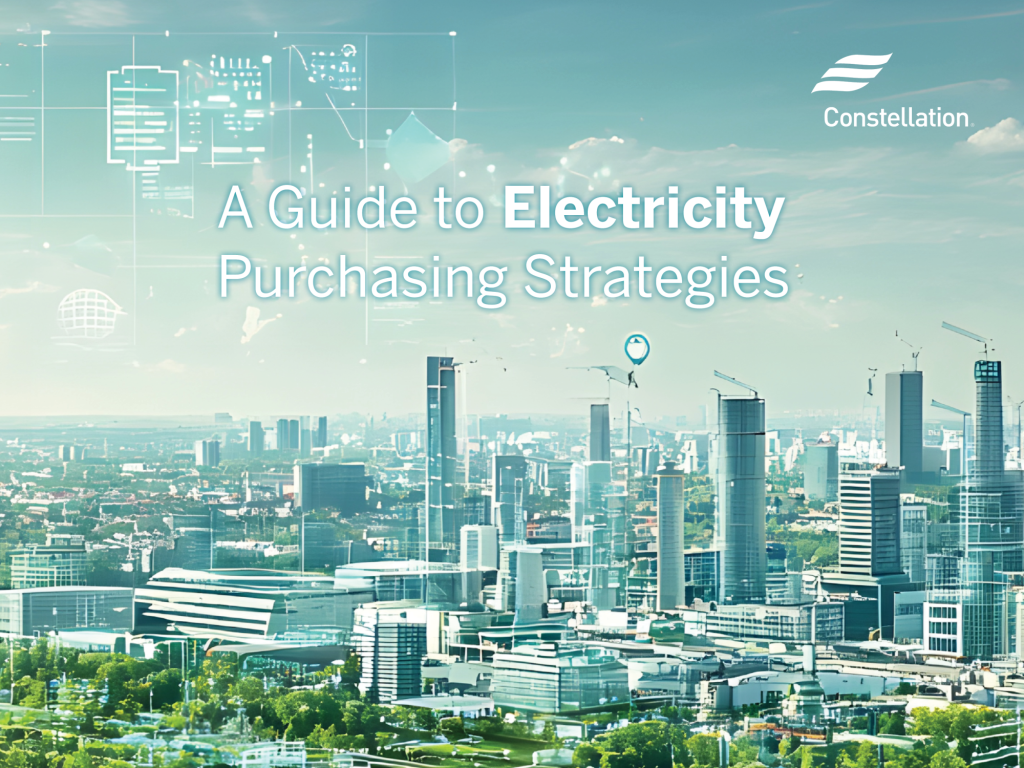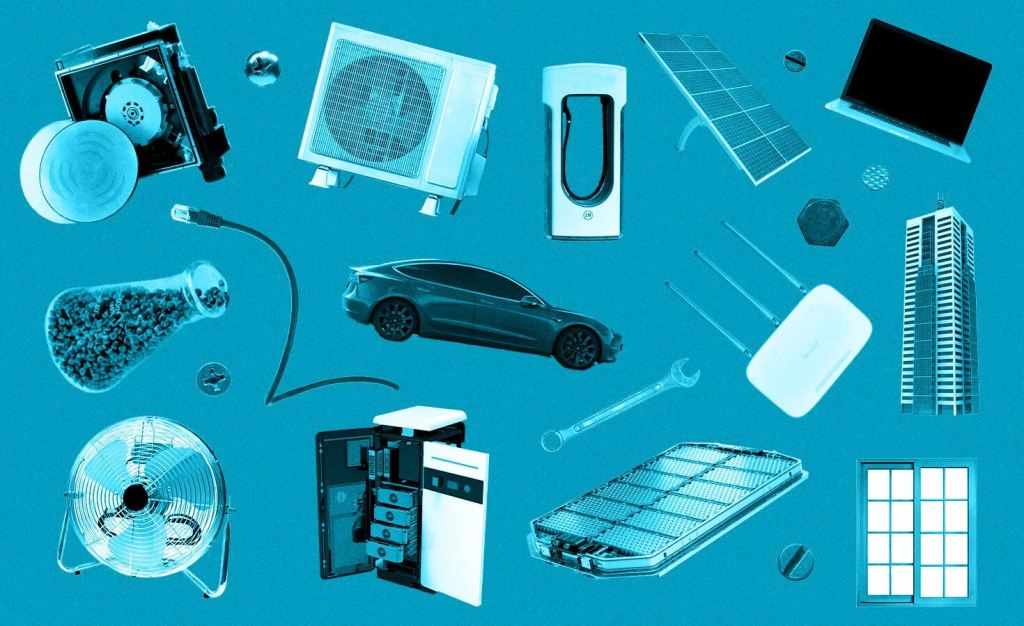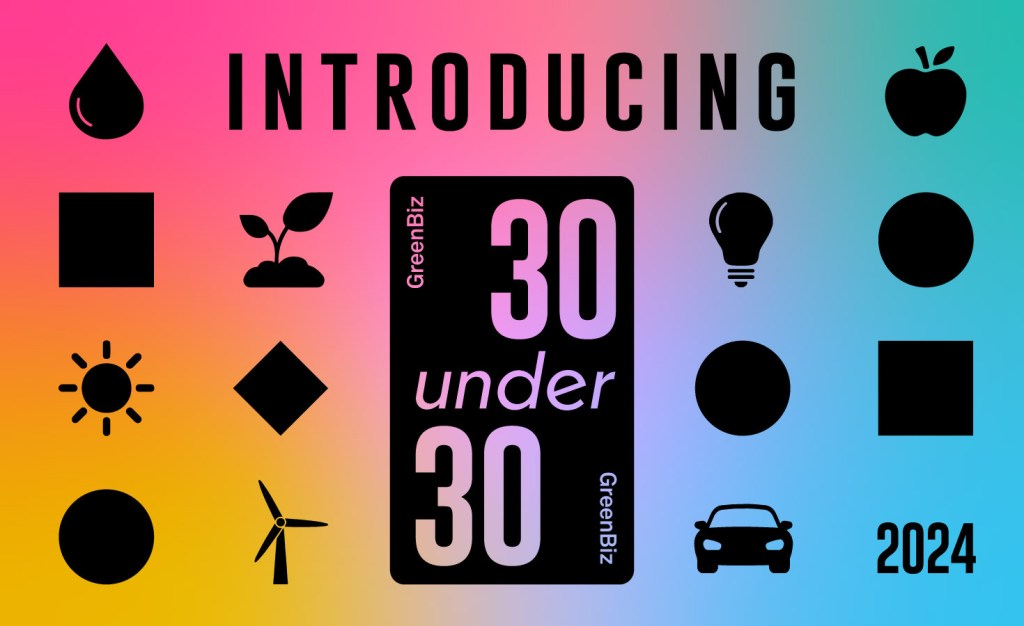Plastics production on the Gulf Coast is exploding. Here’s how to respond
Even as the world suffers a plastics glut, petrochemical companies are prolonging the 'plasticene era.' Read More

The Gulf Coast petrochemical industry
The Gulf Coast petrochemical industry has big expansion plans for plastics production that threaten to undermine corporate efforts to reduce plastics use and waste as well as the international negotiations for the Global Plastics Treaty that will continue this month in Ottawa.
The looming plastics boom raises questions for sustainability professionals navigating plastics reduction targets about the efficacy of their own efforts as well as how they can respond to help end the world’s “plasticene era.”
Ten new plastics production plants and 17 expansion projects are planned over the next five years at Gulf Coast refineries, according to a new report by the Environmental Integrity Project (EIP). The proposed plants will emit up to 35.5 million tons of greenhouse gases annually along with large quantities of harmful air pollutants, further burdening communities already suffering from environmental and social injustices, authors say.
“The cumulative impact of the emissions [from these plants] is shocking, but what’s worse is that the financial markets are telling us … we may not even need a lot of these plants,” said Tom Sanzillo, director of financial analysis at the Institute of Energy Economics and Financial Analysis and a former deputy comptroller for New York State.

Source: Environmental Integrity Project
New capacity amid a plastics glut
Many new facilities will produce plastic resins for making food and beverage packaging such as water bottles and plastic bags, such as polyethylene and polypropylene. In Jefferson County, Texas, three oil majors are planning four large “cracker” plants to produce ethylene and propylene, base ingredients for plastic polymers.
The boom is happening at a time when Sanzillo and other experts believe that petrochemicals are already oversupplied in much of the world.
Yet, while “we’re trying to phase out fossil fuels, they’re trying to phase in more plastic production,” said John Beard, president and executive director of the Port Arthur Community Action Network in Jefferson County, Texas. Beard worked in the petroleum industry for 38 years and grew up in Port Arthur, a small city 90 miles east of Houston that is home to a BASF plant; Valero, Chevron Phillips and Total refineries; and Motiva, North America’s largest refinery, along with other petrochemical facilities.
An issue of environmental justice
The plastics boom is also an issue of environmental justice. Despite its huge industrial base, Port Arthur, whose population is 83 percent people of color, has a poverty rate double the statewide average.
The new plants will add to 50 facilities or expansion projects built for plastics production since 2012, when the shale gas boom lowered prices for the natural gases from which plastics are made. These existing plants reported nearly 63 million tons of greenhouse gas emissions in 2021, about as much as 15 coal-fired power plants, along with nearly half a million pounds of the carcinogen benzene and other toxic air pollutants, according to EIP. More than 1,200 “chemical incidents,” such as flaring and explosions, contributed 34 million more pounds of air pollution.
And all but four plants are along the Gulf Coast, where more than half a million people, two-thirds of whom are people of color, live within three miles of them.
“I don’t think enough people understand the conditions and the challenges that are facing communities on the front lines,” said Erin Simon, vice president and head of plastic waste and business at WWF.
Water pollution and disasters present further dangers. Lentil-sized plastic fragments called “nurdles” infiltrate local waterways and contribute to microplastic contamination in the ocean.
During Hurricane Harvey, EIP documented the release of 150 million gallons of wastewater from equipment malfunctions and maintenance problems and more than 8 million pounds of unpermitted air pollution from excess flaring, or gas burning.
“Chemical emergencies and natural disasters are one and the same at this point in time,” said Yvette Arellano, executive director of Fenceline Watch, a nonprofit in Houston. “Cheap plastic products are coming at a cost to our communities, our lives and our future.”
Consumer brand action
Consumer brands have an important role to play in reducing plastics production: 45 percent of plastics go into packaging. Investors increasingly demand “movement at a faster pace,” as well as an end to the narrative that “recycling is going to be the magic solution,” said Caroline Boden, director of shareholder advocacy at Mercy Investments, which has joined a group of large investors who manage a combined $10 trillion and who are calling for corporate action on plastics.
Here are three concrete steps that companies can take on their plastic reduction journey:
- Look beyond traditional procurement to understand the impacts of your packaging materials upstream. That means understanding not only who’s making your plastic bottle, cup or bag, but also where that plastic was produced and the impacts on vulnerable communities.
- Meet the baseline actions for businesses laid out by WWF and the Business Coalition for a Global Plastics Treaty, such as reducing single use plastics and eliminating unnecessary plastic. Go further by setting robust targets and timelines for moving to 100 percent reusable, recyclable or compostable packaging, and embedding a strategy for reuse into your business plans that moves beyond pilot reuse projects.
- Support ambitious action at the Global Plastics Treaty negotiations, including the steps laid out in letters to President Joe Biden from the Ocean Conservancy and the Science Coalition for an Effective Plastics Treaty.
“We don’t have 10 years to wait for meaningful plastics reduction,” said Frankie Orona, a Port Arthur resident and the executive director of the Society of Nations. “Our communities are dying.”













